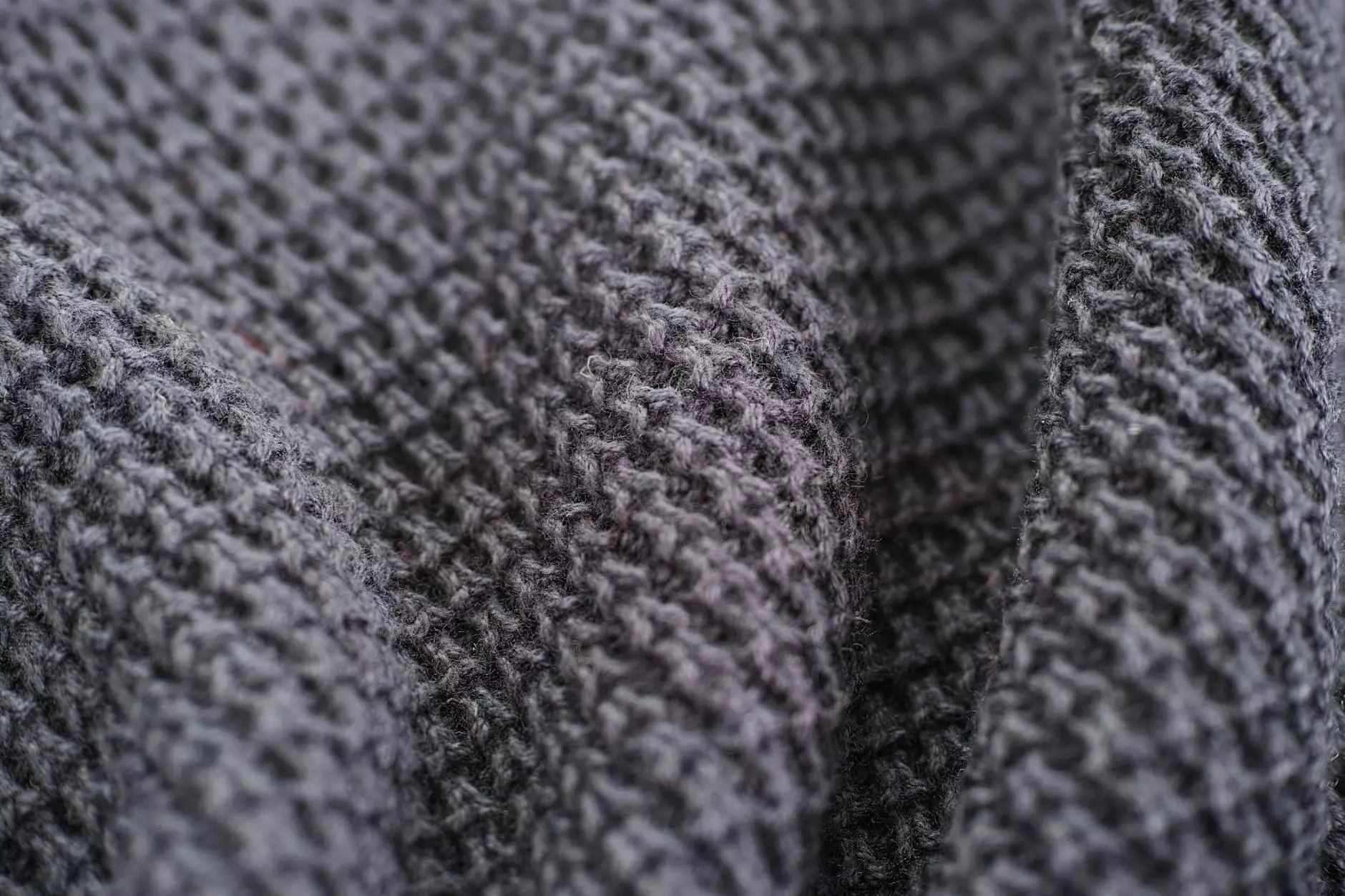Understanding Die Casting Supplies: An In-Depth Guide

Die casting supplies play a crucial role in the manufacturing and metal fabrication industries, providing the materials and tools necessary for high-quality production processes. This article delves deep into the intricacies of die casting and outlines what you need to know about the supplies used in this essential method of metalworking.
What is Die Casting?
Die casting is a metal casting process that involves forcing molten metal under high pressure into a mold cavity. This process is used to create precisely shaped parts and components with excellent surface finish and dimensional accuracy. It's widely utilized in various industries, including automotive, aerospace, electronics, and consumer products.
The Importance of Die Casting Supplies
Die casting supplies are the backbone of successful die casting processes. These supplies encompass a wide range of products necessary for the preparation, execution, and finishing of die casting projects. Their importance can be summarized as follows:
- Quality Production: High-quality die casting supplies lead to better-quality finished products.
- Efficiency: Reliable supplies enhance production efficiency and reduce downtime.
- Consistency: The right materials ensure consistent results across multiple batches.
Essential Die Casting Supplies
Below are some of the essential die casting supplies that every business in the field should consider:
1. Die Casting Machines
These machines are specialized equipment designed to withstand the high pressures required during the die casting process. They come in various types, including:
- Hot Chamber Die Casting Machines: Best suited for non-ferrous metals; ideal for metals with low melting points.
- Cold Chamber Die Casting Machines: Used for metals with higher melting points; involves manually loading the metal into the chamber.
2. Molds and Dies
Molds, or dies, are critical components of die casting. They determine the shape and dimensions of the final product:
- Single Cavity Molds: Used for producing a single part per cycle.
- Multi-Cavity Molds: Allow for the production of multiple parts simultaneously, increasing efficiency.
3. Die Release Agents
Applying a die release agent is essential to prevent the casting from sticking to the mold. These agents ensure smooth release and help maintain the quality of the finish.
4. Raw Materials
Common materials used in die casting include:
- Aluminum: Lightweight, corrosion-resistant, and easy to work with.
- Zinc: Excellent casting properties and provides a strong, durable finish.
- Magnesium: Known for its strength-to-weight ratio and is often used in automotive and aerospace applications.
5. Finishing Supplies
Post-processing treatments such as anodizing, plating, and polishing help enhance the surface finish of die cast parts:
- Anodizing: Increases corrosion resistance and aesthetic appeal.
- Powder Coating: Provides a durable finish with a wide range of colors.
The Die Casting Process: A Step-by-Step Overview
Understanding the die casting process is key to appreciating the role of die casting supplies:
- Preparation: The mold is prepped with the appropriate release agents.
- Melting: The metal is melted in a furnace and transferred to the die casting machine.
- Injection: Molten metal is injected into the mold under high pressure.
- Cooling: The metal cools and solidifies within the mold.
- Extraction: The mold is opened, and the finished casting is removed.
- Finishing: The part undergoes any necessary finishing processes.
Applications of Die Casting Supplies
Die casting supplies are used in a wide variety of applications across several industries. Some key applications include:
- Automotive Components: Engine blocks, transmission cases, and other parts.
- Aerospace Parts: Components that require lightweight yet strong materials.
- Electronics Housings: Enclosures for electronic devices that require precision and durability.
- Consumer Goods: Everyday items that benefit from die casting's efficiency and quality.
Choosing the Right Die Casting Supplies
Selecting the right die casting supplies is essential for achieving desired outcomes in any project. Here are some factors to consider:
1. Quality
Invest in high-quality supplies to enhance the efficiency and effectiveness of your die casting processes. Look for suppliers with a proven track record.
2. Compatibility
Ensure that the materials and tools you choose are compatible with the type of metal you are using, as well as the dimensions required for your specific projects.
3. Supplier Reputation
Select suppliers who are known in the industry for their reliability and quality. Reading reviews and asking for recommendations can guide your decision.
4. Cost Efficiency
While quality is paramount, consider the overall cost-effectiveness of your supplies, balancing quality with budget constraints.
Conclusion
In conclusion, die casting supplies are integral to the metal fabrication industry, allowing businesses to produce high-quality components efficiently and consistently. Understanding the types of supplies available and their applications can empower manufacturers to choose wisely and enhance the success of their projects. By prioritizing quality and forging strong relationships with suppliers, you can ensure that your business stands out in a competitive market.
For more information on die casting supplies and how they can elevate your metal fabrication processes, visit deepmould.net.









